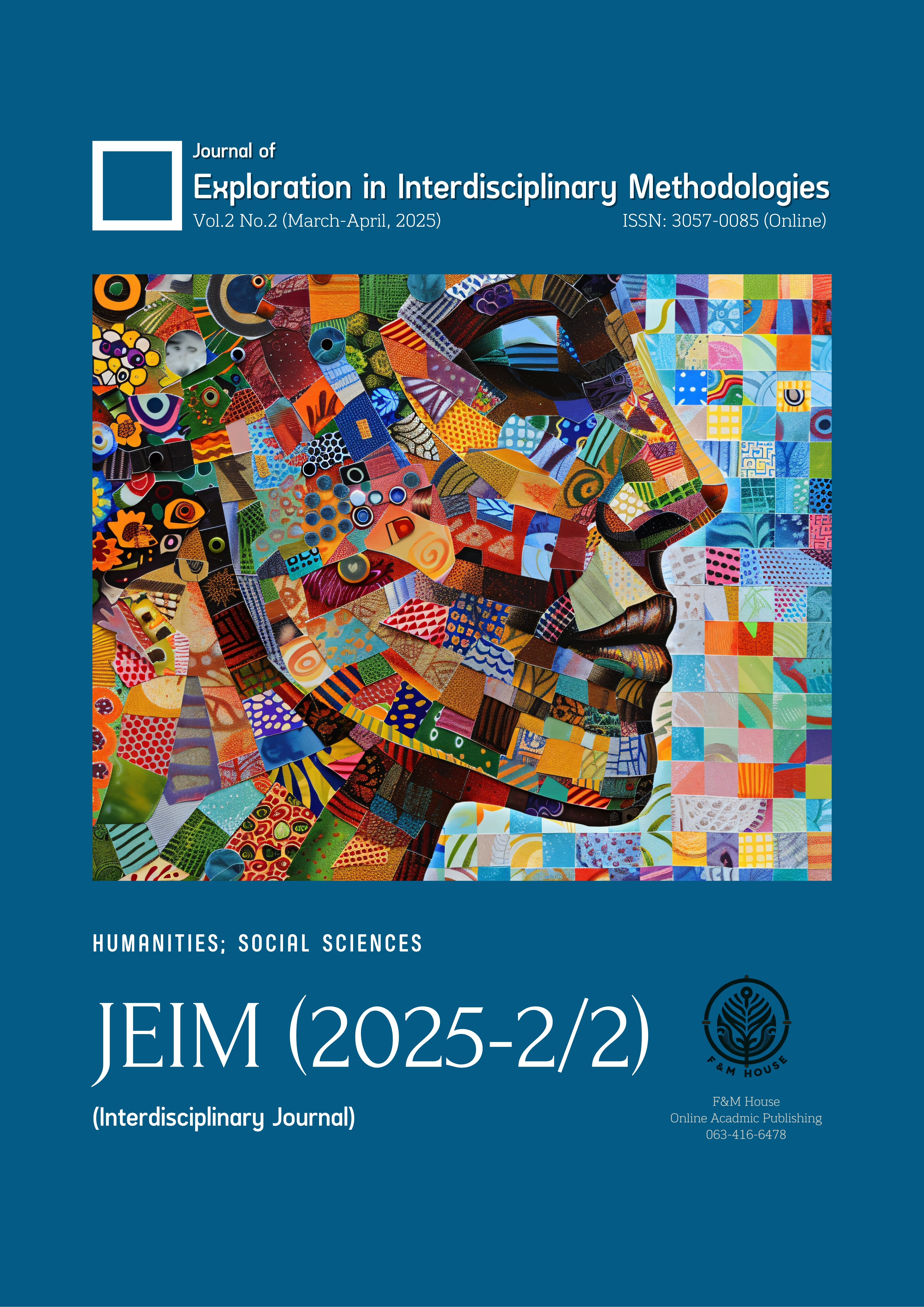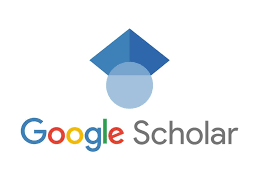Innovative Pedagogies for Teaching the Arts in Thailand: An Interdisciplinary Approach to Cultural Preservation and Digital Media
คำสำคัญ:
Innovative Pedagogies, Arts Education, Digital Media, Cultural Preservation, Interdisciplinary Teachingบทคัดย่อ
This paper explores innovative pedagogical approaches for teaching the arts in Thailand, focusing on integrating interdisciplinary methods with digital media to preserve and revitalize cultural heritage. As globalization and technological advancements reshape education, traditional art teaching methods struggle to engage contemporary students. This study examines how emerging pedagogies - incorporating artificial intelligence (AI), virtual reality (VR), and multimedia - enhance learning outcomes while fostering cultural appreciation. By integrating digital media into arts education, educators can create immersive and interactive experiences that bridge traditional art forms with modern technologies. The research highlights the necessity of interdisciplinary approaches, where subjects like history, music, and performance arts converge to enrich students’ understanding of Thai cultural identity. Digital platforms facilitate access to artistic traditions, allowing students to interact with cultural narratives through virtual museums, augmented reality applications, and online collaborative projects. Case studies demonstrate how technology aids in safeguarding intangible cultural heritage while enabling creative expression through digital storytelling and multimedia art forms. Additionally, the study investigates the challenges and limitations of implementing these innovative pedagogies, including disparities in technological access, teacher training gaps, and concerns over cultural authenticity in digital adaptation. To address these issues, the paper advocates for curriculum reforms that balance tradition and innovation, professional development for educators in digital arts integration, and policies supporting sustainable arts education. By leveraging technology-driven teaching methods, Thai arts education can maintain its relevance in a rapidly evolving world while ensuring that cultural heritage remains an integral part of students’ learning experiences. This research contributes to ongoing discussions on the role of education in cultural conservation and underscores the potential of digital media as a transformative tool in the arts. Ultimately, the findings reinforce the significance of interdisciplinary and technology-enhanced learning strategies in fostering a deeper appreciation of Thai artistic heritage among future generations.
เอกสารอ้างอิง
(2012). Rockefeller Foundation 2010 Annual Report. Retrieved from https://core.ac.uk/download/71358898.pdf
(2021). Crowdsourcing our cultural heritage digital research in the arts and humanities doc read. Retrieved from https://www.semanticscholar.org/paper/f9c23e83818d4eeca30e8f65c938f46554d099f4
(2022). Educational theory in the 21st century. Maarif Global Education Series. https://doi.org/10.1007/978-981-16-9640-4
Bilyk, O., Bashtannyk, O., Pasichnyi, R., Kalyayev, A., Ostroukova, N., Ziyang, W., Xiao-fang, L., et al. (2023). AD ALTA: 13/02-XXXVIII. AD ALTA Journal of Interdisciplinary Research, 13. https://doi.org/10.33543/130238
Cochrane, T., Coleman, K., Belton, A., Fitzgerald, E., Glasser, S., Harris, J., Melzack, G., et al. (2021). #DataCreativities. Pacific Journal of Technology Enhanced Learning. Retrieved from https://www.semanticscholar.org/paper/bbb6d37ebdfb2ff190e44e65923460bb0daf1f0d
Costa, A. M., Oliveira, I., Pereira, J., Gillain, R., Amante, S., Fidalgo, S., Relvas, S., et al. (2022). The Korsakow platform and nonlinear narratives as a means to enhance foreign language learning in HE. International Journal of Human Sciences Research. Retrieved from https://www.semanticscholar.org/paper/36a3b7467b5294dee72ccb1704b75908c2929457
Díaz-Mendoza, M. A., De-La-Hoz-Franco, E., & Gómez, J. (2023). Technologies for the preservation of cultural heritage—A systematic review of the literature. Sustainability, 15, 1059. https://doi.org/10.3390/su15021059
Hassan, A., Ahmad, A., Khatibi, A., Meo, M. S., Chughtai, S., Khan, V. J., Zaini, M., et al. (2022). Handbook of technology application in tourism in Asia. https://doi.org/10.1007/978-981-16-2210-6
Hemer, O. (2005). Coming of age. Glocal Times. Retrieved from https://www.semanticscholar.org/paper/0a18160c2fe472687451c83e58e340c365369923
Jones, B. J. (2021). Performance as public work: Youth as civic actors for policy and practice in Liberia. Retrieved from https://core.ac.uk/download/479136629.pdf
Khymytsia, N. (2023). Analysis of the content of bachelors’ training in communications at the universities of the USA. Visnyk of Kharkiv State Academy of Culture. Retrieved from https://www.semanticscholar.org/paper/d961b9313ce6d27c212c727f43045e5105cd1408
Kumrat, W., Ratchawet, A., Intharawiset, T., & Chaijalearn, Y. (2025). Guidelines for organizing STEM education through Mudmee culture to promote career skills for students in the Ban Mi District area, Lopburi Province. Higher Education Studies, 15, 278. https://doi.org/10.5539/hes.v15n1p278
Li, J., Onlamul, K., Yang, F., & You, et al. (2024). Transmission guidelines for literacy studies in Si Zhu Yue traditional Chinese folk music. Retrieved from https://core.ac.uk/download/617871422.pdf
Lymarenko, L., & Kuziakina, D. (2024). Representation of the synthesis of the arts in cultural and urban projects of higher education students. Aesthetics and Ethics of Pedagogical Action. Retrieved from https://www.semanticscholar.org/paper/7d009705f11f3be8e6bb306012400d2de75fca00
Maitreephun, W. (2025). Preparing public school leaders for culturally, linguistically, and religiously diverse communities: An exploratory multiple-case study of faculty in Thailand. Retrieved from https://core.ac.uk/download/232016659.pdf
Pisanko, A. V., Storozhuk, D. A., & Rachinskaya, N. V. (2024). Cryptography, its types and implementation. https://doi.org/10.34660/inf.2019.1.40982
Samadova, S. (2024). Extradition institute in criminal law of Azerbaijan. https://doi.org/10.34660/inf.2019.1.40964
Sazikov, A. (2023). Media art—XXI century: Genesis, art programs, education problems International Scientific Conference. The Art and Science of Television. Retrieved from https://www.semanticscholar.org/paper/5dd10609ce1905fbc0319969fedeca2f4439b6ad
The Asian Conference on Asian Studies. (2022). The Asian Conference on Asian Studies 2022: Official Conference Proceedings. https://doi.org/10.22492/issn.2187-4735.2022
Thompson, C. M. (2014). International Journal of Education & the Arts Editors. Retrieved from https://www.semanticscholar.org/paper/339c91ae6c1f51c4b365f6b67c4ca1d97a28ee7b
Trybulska, E. S. (2022). E-learning in the transformation of education in digital society. E-learning. https://doi.org/10.34916/el.2022.14
Uebel, E. H., Kraemer, A., & Giupponi, L. (2023). Sharing less commonly taught languages in higher education. Routledge eBooks. https://doi.org/10.4324/9781003349631
Yam, M-Y. A., Tom, K. M., & Ng, B. C. (2023). A comparative analysis of language and typography between two Chinese enclaves in Singapore for nostalgic design trends. Deleted Journal. https://doi.org/10.22492/issn.2186-229x.2023.28
Zhamankaraev, S. K., & Çınar, S. (2024). Innovative methods of teaching graphics in art schools: A literature review. Bulletin of Series of Art Education: Art, Theory, Methods. Retrieved from https://www.semanticscholar.org/paper/2e6a7ae05598a057887558849257da47edeb84d5
Zhang, X., Bin, A. R., & Ibrahim, Y. (2024). Research on the inheritance of sculptural art in digital media education. International Journal of Education and Humanities. Retrieved from https://www.semanticscholar.org/paper/82feb6b0f635db1f9f9276b348d7052f396cb988







